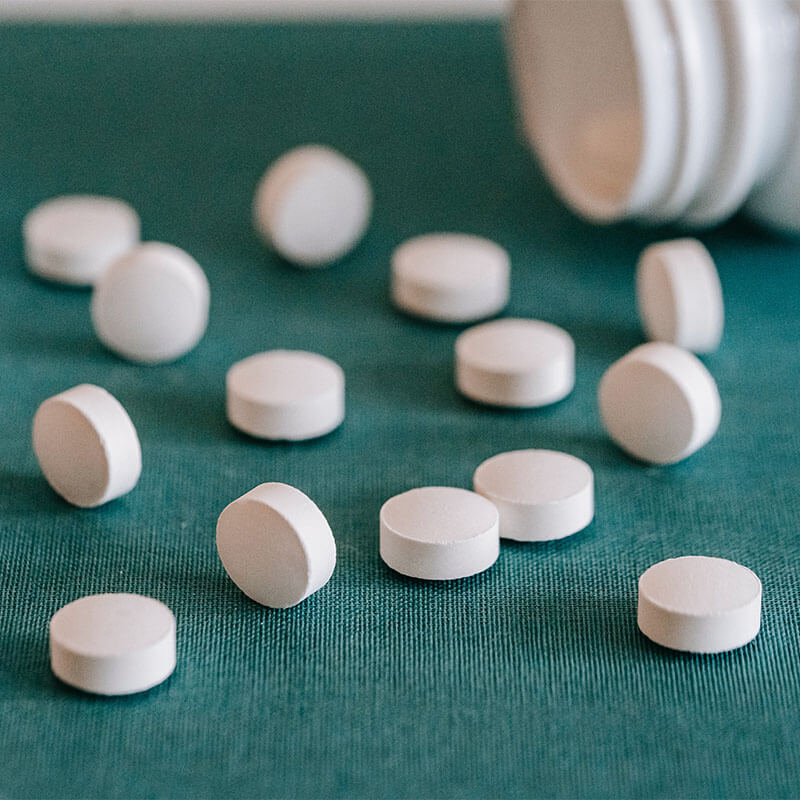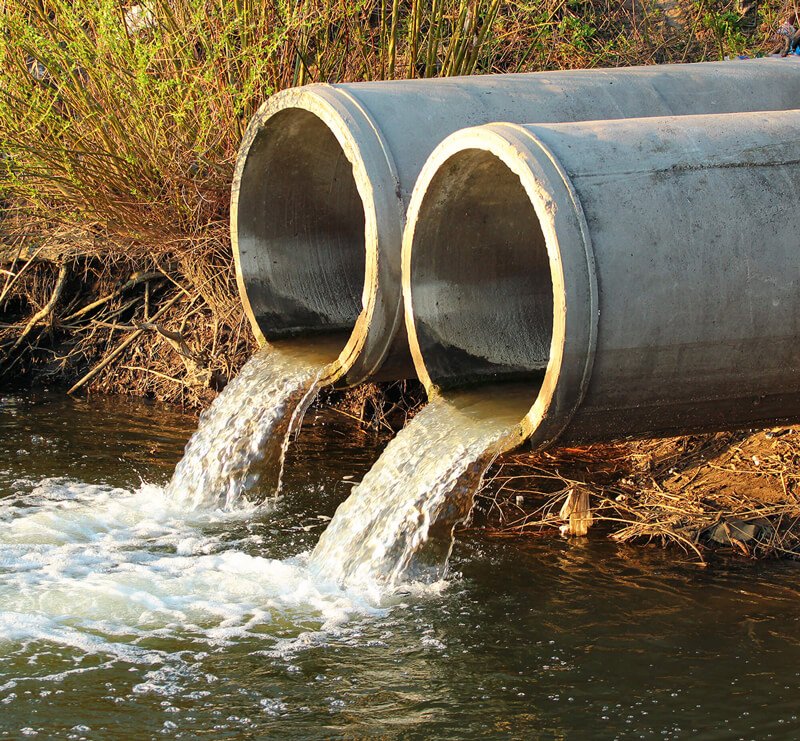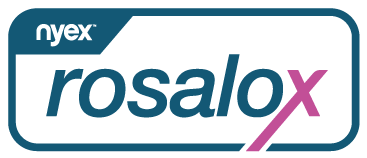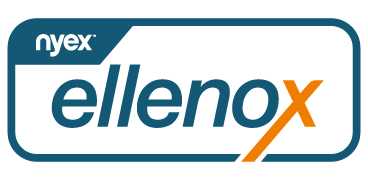Hydrochlorothiazide Removal From Wastewater
Hydrochlorothiazide (HCTZ) is a commonly used medication belonging to the class of drugs known as thiazide diuretics. It is primarily prescribed to treat high blood pressure and edema..
While HCTZ has proven effective in medical treatment, its presence in water sources can pose a significant concern due to potential environmental and health risks.
This article aims to provide manufacturing professionals with insights into the methods and technologies available for removing hydrochlorothiazide from water sources, emphasizing the importance of minimizing its environmental impact.







